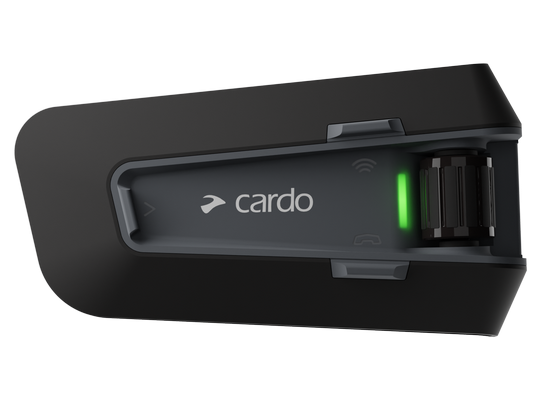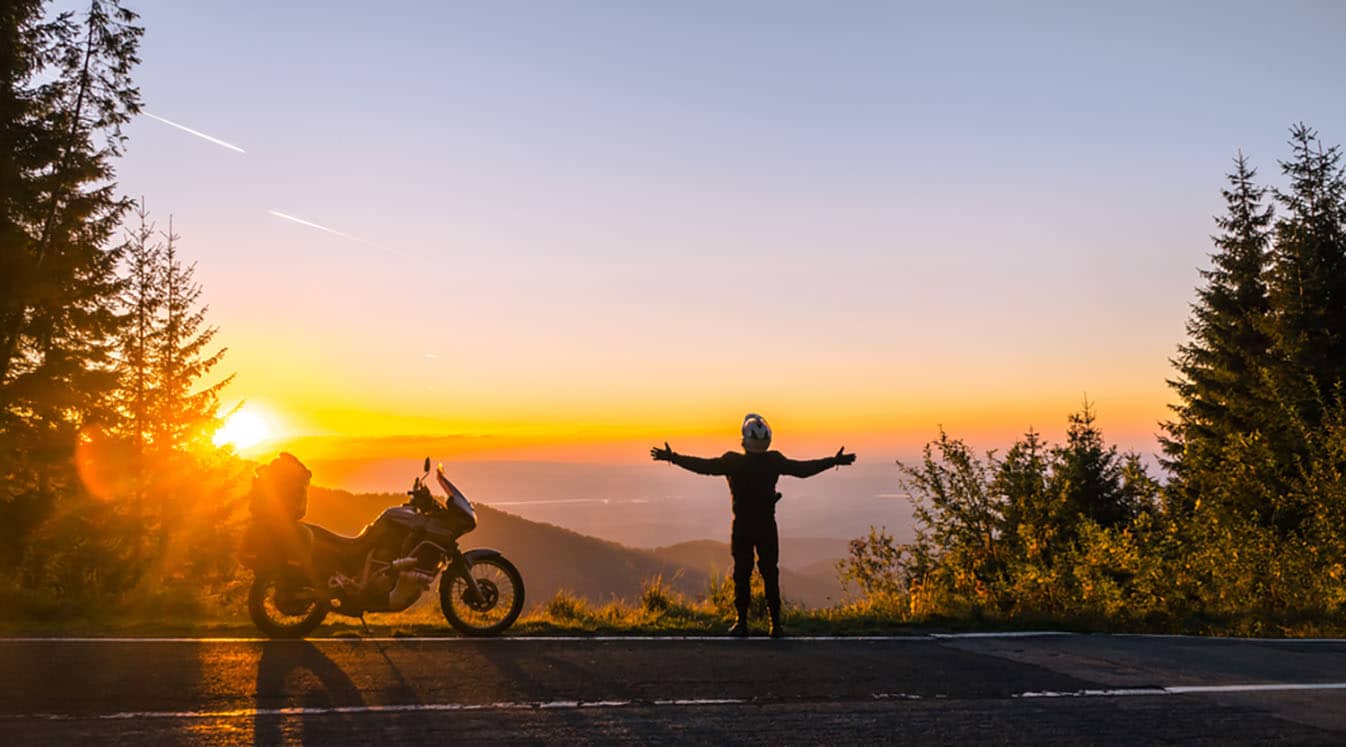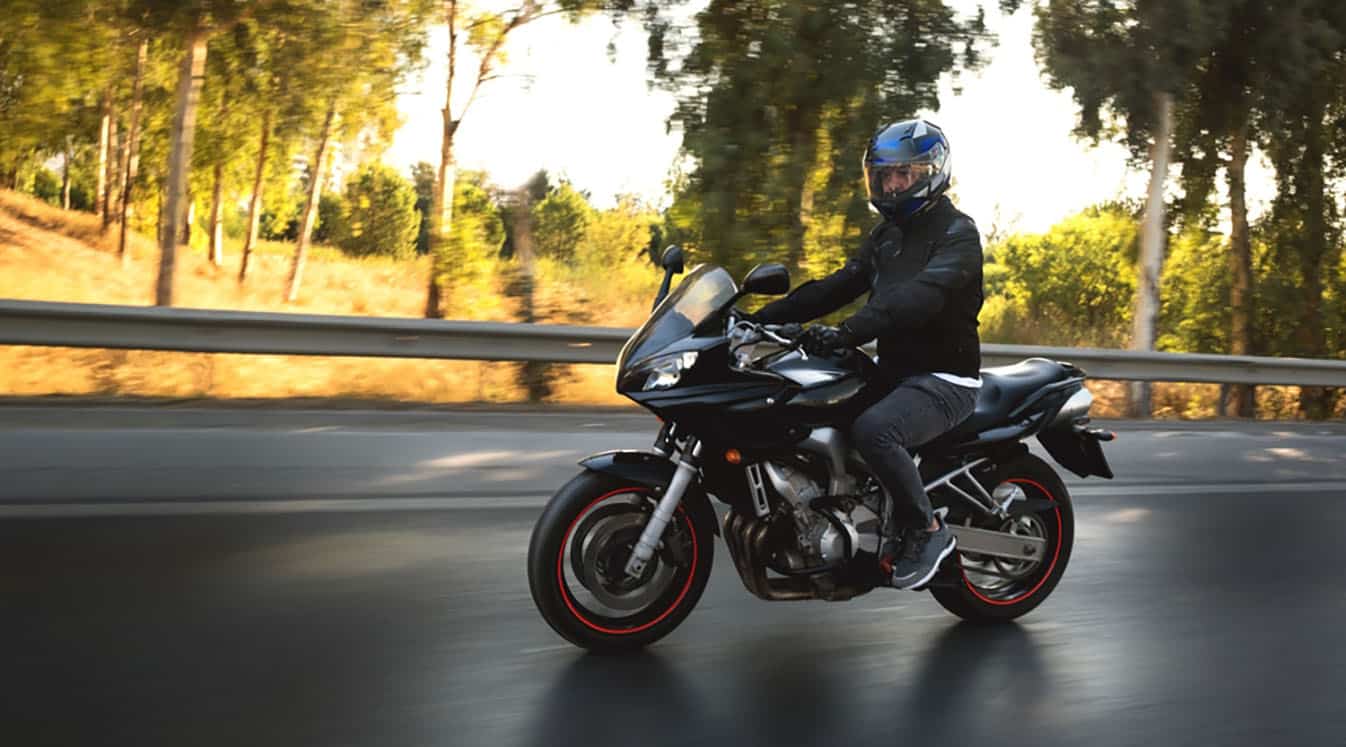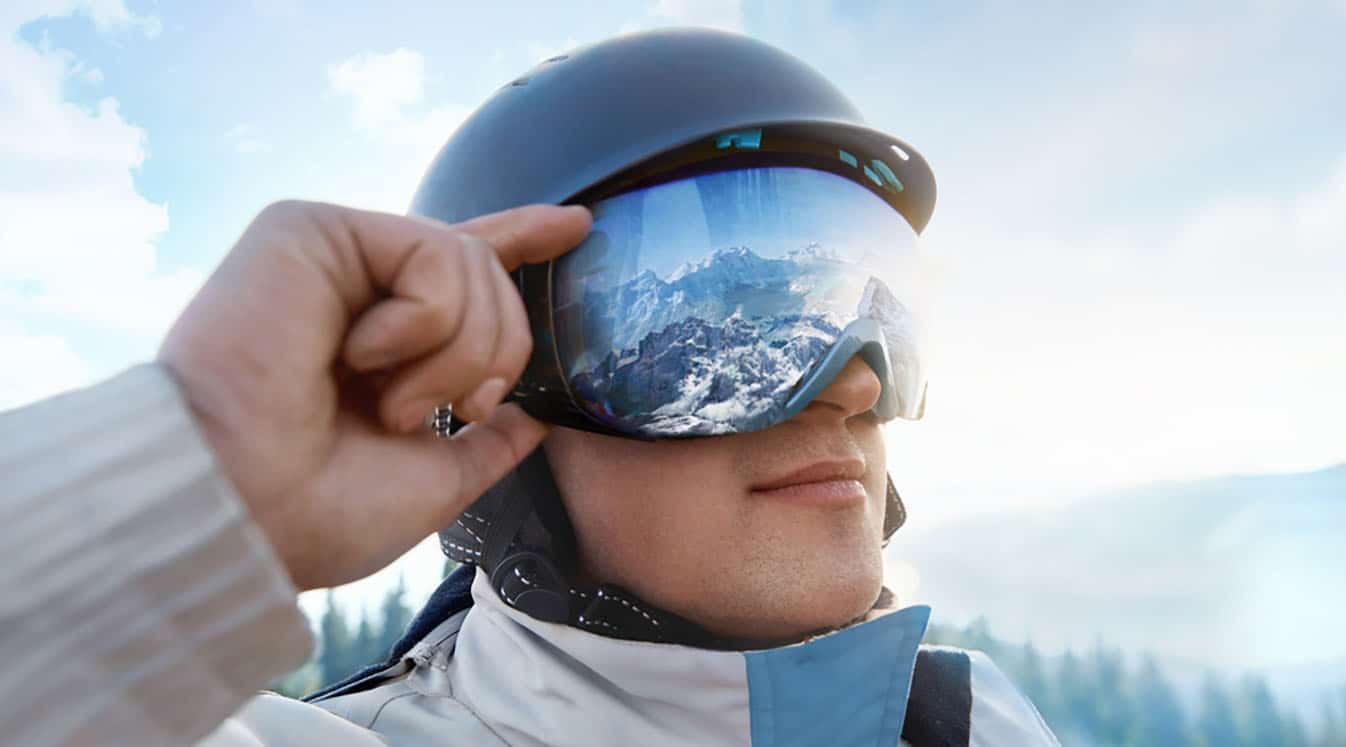Motorcycle adventure riding means taking the road less traveled, usually with a mix of on and off-road riding, as per the American Motorcyclist Association (AMA). From scenic sightseeing tours to visiting towns and regions you can barely find on the map, every trip brings new experiences you won’t get from driving a car. The motorcycle has long been synonymous with images of the open road and the belief that the journey is more important than the destination.
Your experience is only limited by the gear you bring. Use this adventure motorcycle gear list to prepare for any situation and enjoy the journey.
1. Motorcycle Helmet
The right helmet will make your ride that much smoother. It should fit comfortably over your head and stay in position when you bend over. Inspect your helmet for damage, including dents, loose padding and frayed straps, and replace your gear every five to seven years.
Wear goggles to shield your eyes if you wear a half-face helmet or skull cap. Full-face helmets offer more protection when you’re out riding. Stock up on all the essential motorcycle safety gear to reduce your risk of injury — especially when riding on uneven terrain.
2. Wireless Headset

You never know when you might need to send a message to one of your companions while riding. It’s never a good idea to pull out your phone mid-trip. Using hand signals can also distract you from the path ahead. Use motorcycle helmet communication to talk to your friends wirelessly. The headset clips onto your helmet and can easily be removed if you need to leave your helmet behind. Just speak to reach anyone in your group up to a mile away without looking away from the road. You can also access your smartphone or GPS without taking your hands off the controls.
Use Motorcycle Helmet Communication to Coordinate as a Group
3. Hydration Pack
You may not feel like you’re working up a sweat, but riding can be physically taxing on the body. Drink plenty of water throughout your trip to stay sharp. Refill your canisters at the end of each day to get a strong start in the morning. If you don’t feel like stopping, wear a hydration vest to drink from a straw while riding.
4. Motorcycle Gloves
Every rider needs a strong pair of gloves designed for motorcycling. There are several different types of materials that make up quality gloves, but leather is the strongest and will fit the best. When trying on gloves, ensure you have a bit of space at the fingertips so you have a comfortable grip while riding. Use a waterproof pair or outer shell to keep your hands warm and dry.
5. Durable Boots
Your boots need to stay firmly attached to the bike. Look for a pair designed for motorcycling with treaded soles that slide onto the pegs. They should also be waterproof and geared for hiking if you want to explore the wilderness.
6. Camping Equipment
It’s always good to keep a tent, sleeping bag and emergency blankets on hand, even if you plan on sleeping at hotels. You might decide to stay at a state or local park or have trouble reaching the next stop on your list.
7. Navigation Tools
Give yourself plenty of ways to navigate the area, including a reliable GPS, a smartphone with emergency numbers in the contact list, a radio (in case you lose a signal), paper maps and a compass. Use motorcycle helmet speakers to hear the directions without looking down at the screen.
Listen to Music or Directions with Motorcycle Helmet Speakers
8. First Aid Supplies
Prepare for the worst with a first aid kit. It should contain everything you need to treat aches, pains, cuts and other minor wounds. Check the expiration date on the medications.
9. Repair Kit
This handy device will hold you off until you reach the closest repair shop. Bring a tire pressure gauge, pump, lubrication, screwdriver, wrench and emergency fastener. Add in a headlamp or work light to see in the dark.
10. Comfortable Layers
Dress for any type of weather by building up a series of layers you can easily take on and off. Start with a moisture-wicking inner wool or synthetic fabric layer that will dry quickly when wet. Use thermals and fleeces that lock in warm air without weighing you down.
11. Waterproof Outer Layers
You can use a waterproof liner that fits over your entire ensemble or wear waterproof outer layers, including a jacket, pants and gloves.
12. Storage Compartment
Keep your belongings handy and organized with a rear storage compartment instead of — or in addition to — wearing a backpack. You can use a hard-shell case that mounts to your bike or a portable sleeve you can carry with you when you leave the bike unattended.
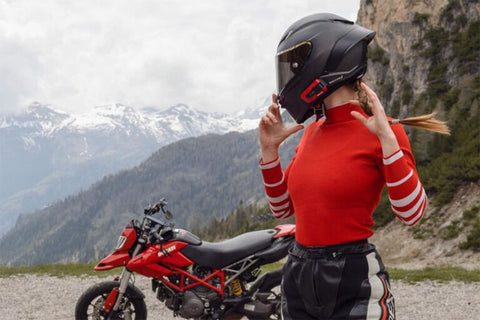
Adventure is calling. All you need is the proper gear. Pack these essentials to make the most of your time on the road.


